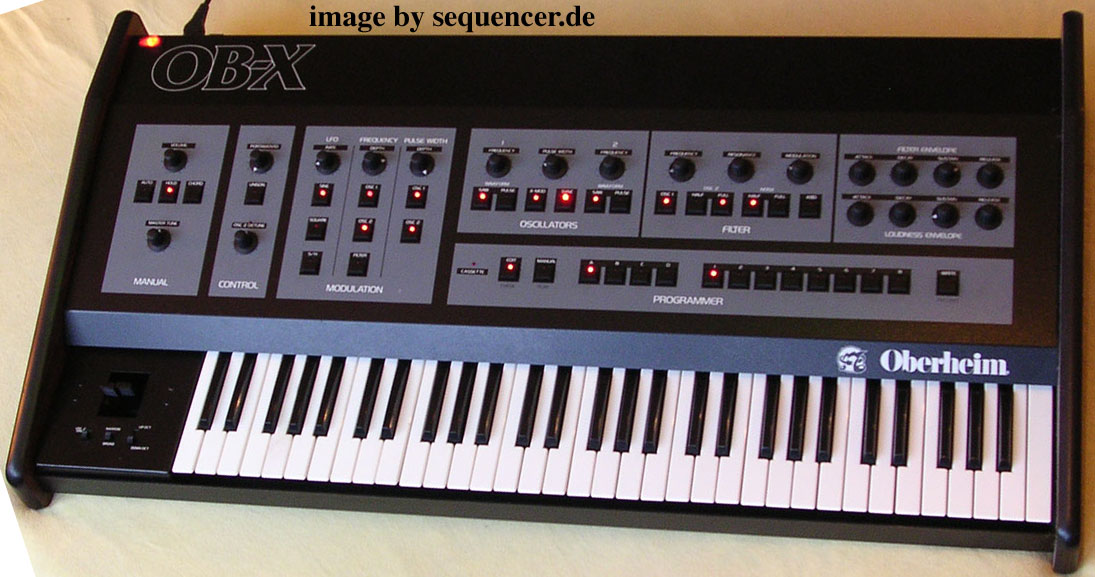
So I mentioned in an earlier post that I got an M-Audio Fast Track USB to record sounds, but I was getting some humming noise and some interference. It's been driving me crazy trying to figure out how to fix it. Is it the unit? Is it my computer? Is it the cords? Is it noise from the electrical system and power strip?
So I've been trying all sorts of things including a ton of Google searches to see if I can find out the problem. I think I've finally narrowed things down tonight.
First, the advice was to remove everything from the computer (printers, speakers, etc.) and then test for noise. I thought that didn't really apply to me because I was using a laptop which has no printers or external items plugged in--except the things that I need to record and run my computer, e.g. power cord, usb mouse, Fast Track device, MIDI device. I don't know why it didn't occur to me that I had four or five items (if I plugged headphones into the laptop) plugged into the computer that could all be making the noise.
I thought at first it was the patch chords. I even went and bought a new one since the ones I had were over a decade old. I think it helped, but it didn't solve the problem.
So I unplugged everything except the Fast Track. With no other items plugged in, I got wonderful, beautiful silence. I was able to record with no interference, hum, or noise. Plugging the power cord in, I got hiss and pops--but no hum. Plugging the MIDI cord back in, I get the source of the hum.
So I've got two problems now:
- If I want to record, I have to record on battery. That or find a way to clean up whatever the electrical interference is causing that noise in the recording. At least there's a workaround even if I don't like it.
- I can't use MIDI while recording audio. This is a fairly major problem. I want to be able to record MIDI notes, clean them up, and then play the MIDI and record the resulting audio. To do that and keep everything correctly synched, I need to have the MIDI and audio both coming into the computer.
As for the hum, maybe get a better USB cable? I honestly don't know. I'll have to research deeper on this one.









